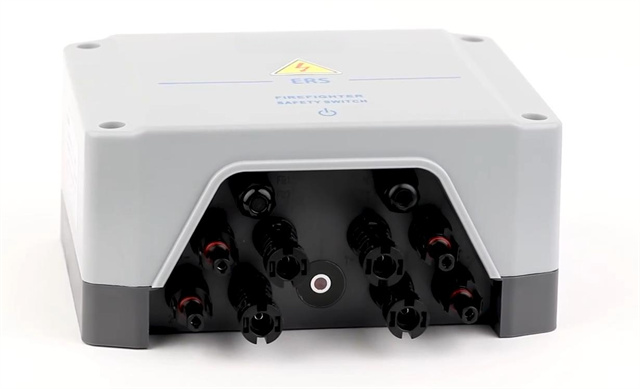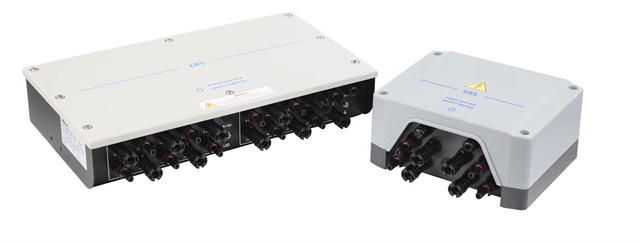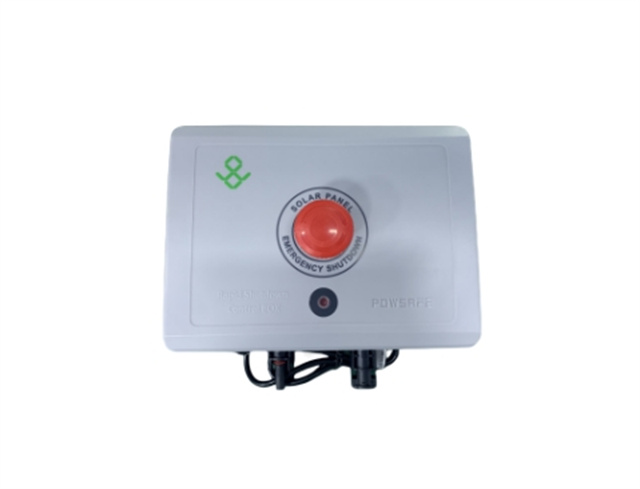Author:BLD Solar Energy SystemFROM:Solar System Converter Manufacturer TIME:2023-08-18
Exploring the Applications of Rapid Shutdown for Solar Systems

The solar industry has experienced significant growth in recent years, with more and more individuals and businesses turning to solar energy as a sustainable and cost-effective solution. As the demand for solar systems increases, the need for efficient and safe installation practices becomes paramount. One such practice is rapid shutdown, which aims to enhance safety during maintenance or emergencies by reducing the risk of electric shock. In this article, we will explore the applications of rapid shutdown for solar systems and its benefits.

Rapid shutdown is a mechanism designed to minimize electrical hazards associated with solar systems. During routine maintenance or emergencies, firefighters and other first responders need a way to quickly de-energize a solar system to ensure their safety. Rapid shutdown allows for the immediate reduction of voltage at the photovoltaic (PV) system's source, minimizing the risk of electric shock. By implementing rapid shutdown technologies, the solar industry can enhance safety standards and protect both installers and emergency personnel.

In recent years, the National Electrical Code (NEC) in the United States has introduced requirements for rapid shutdown in solar systems. These regulations aim to address the potential safety hazards associated with high-voltage DC circuits. The NEC now requires that PV systems are equipped with rapid shutdown mechanisms, ensuring that they can be quickly de-energized from a safe location. Compliance with these regulations is crucial for solar system installation companies to meet industry standards and provide safe and reliable systems to their customers.
Implementing rapid shutdown technologies not only improves safety but also offers several other benefits. By reducing the risk of electric shock, rapid shutdown enhances the overall reliability and longevity of solar systems. Additionally, it simplifies the process of system maintenance, making it easier and safer for technicians to work on the equipment. As the solar industry continues to evolve, we can expect further advancements in rapid shutdown technologies. This includes the development of more efficient and cost-effective solutions that meet regulatory requirements while improving the overall performance of solar systems.
Rapid shutdown is a crucial aspect of solar system design and installation. It ensures the safety of both installers and first responders during routine maintenance or emergencies. Compliance with regulations, such as those outlined by the NEC, is vital for companies operating in the solar industry. The implementation of rapid shutdown technologies not only enhances safety but also offers numerous benefits in terms of system reliability and ease of maintenance. As the demand for solar energy continues to grow, it is essential to prioritize the development and adoption of efficient and effective rapid shutdown mechanisms for the long-term sustainability of the solar industry.
